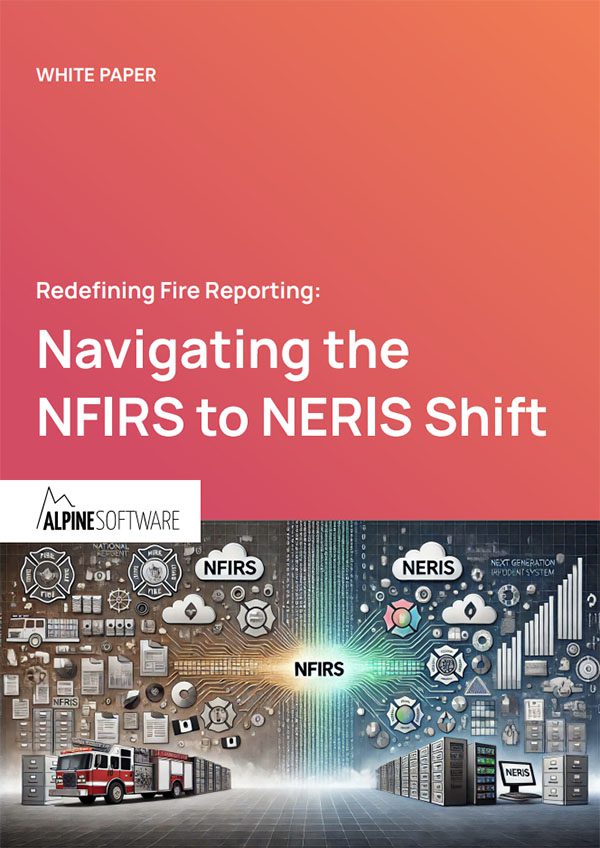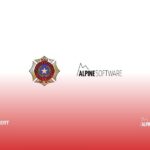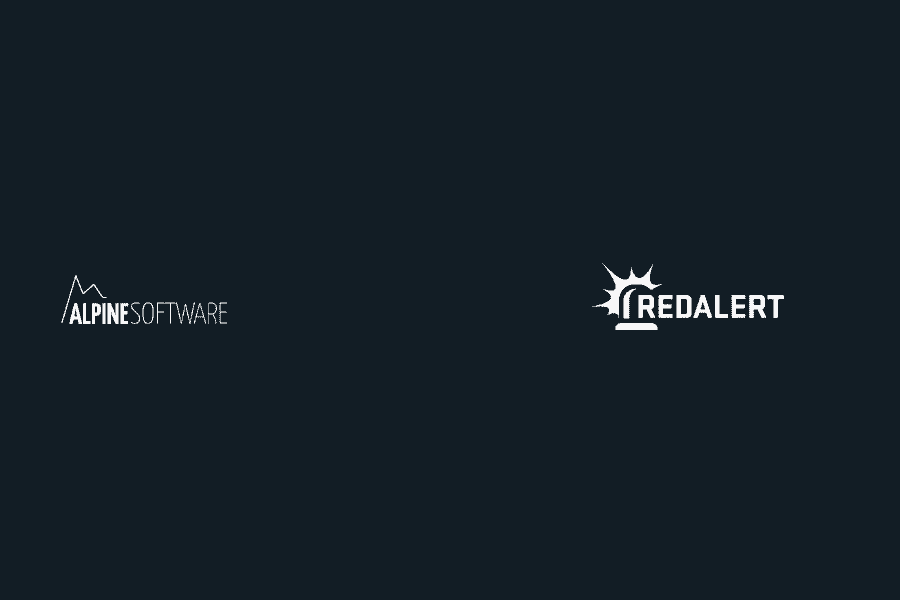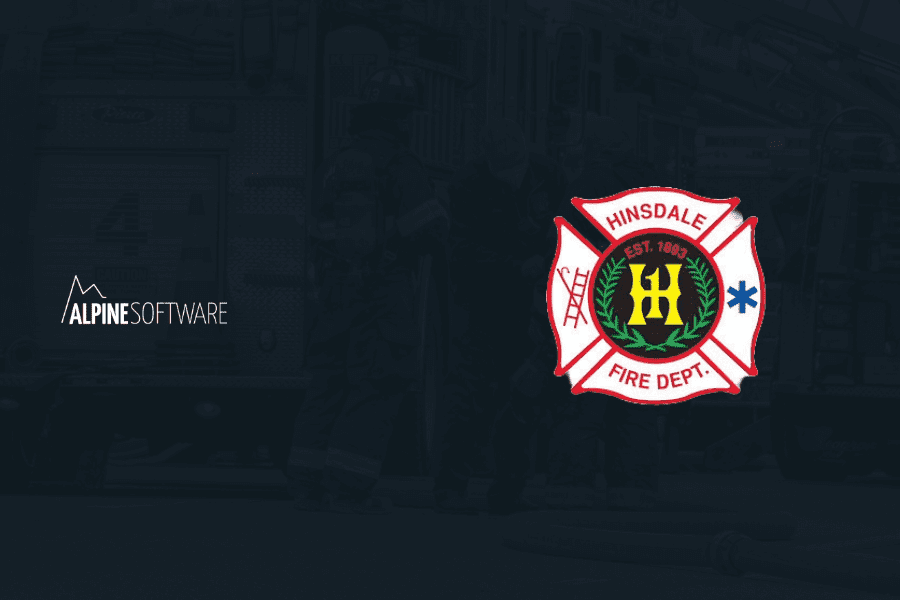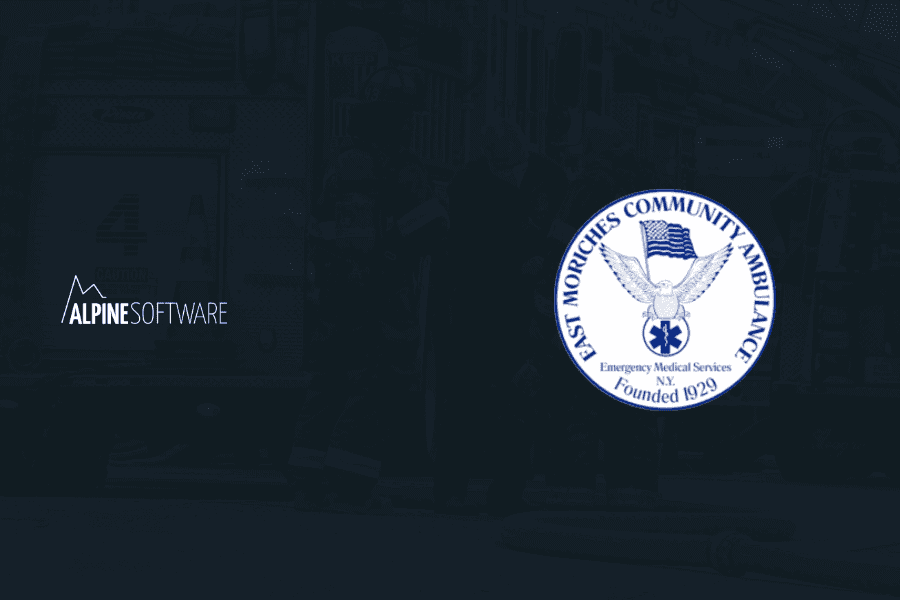Turnout Ready: Preparing Your Department For This Reporting Shift
If you’re a fire professional in the United States, you’re undoubtedly familiar with the National Fire Incident Reporting System (NFIRS). It has been around since the mid-1970s. Since then, it has been the country’s only way of combining fire incident response and safety data.
However, that will soon change. The U.S. Fire Department is working with national officials to create a different solution — the National Emergency Response Information System (NERIS).
Designed with first responders in mind, the new platform will take reporting to the next level. Learn what changes are on the horizon and what your department needs to know to navigate this evolution.
Understanding NERIS
The NERIS fire reporting system is the NFIRS of the future. Your fire department needs to understand how soon you’ll be expected to start with the system. You’ll also need to know how your reporting will change. This will help you prepare for the transition with greater clarity and ease.
What is the Timeline?
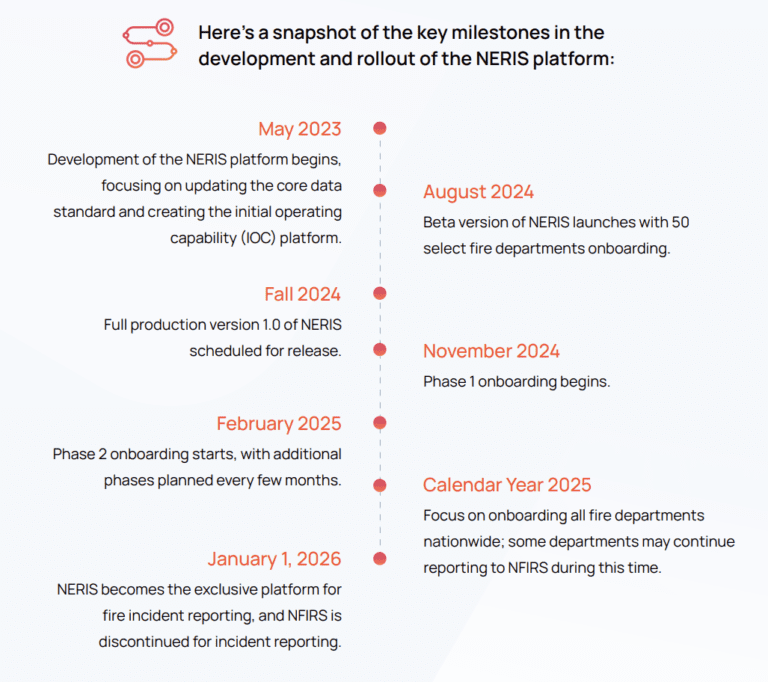
The U.S. Fire Administration and the U.S. Department of Homeland Security began partnering to develop the NERIS fire reporting system in May 2023. Since then, two prototype versions have been released. Released on August 2, 2024, the latest prototype is being tested with 50 departments.
The first full production version is expected to roll out in fall 2024. However, migration will not occur all at once. Instead, departments will move over several years.
Several updated versions will be released in 2025. During that time, the current NFIRS system will still be operational. Thus, fire departments will continue to report data via NFIRS until they are migrated to the NERIS fire reporting system.
What Type of Reporting Will Be Done With NERIS?
Like NFIRS, the NERIS fire reporting system will collect data on all fire incidents. This includes those occurring during motor vehicle accidents. This requires fire departments to report information about:
- When the incident happened
- What caused the incident
- What happened during the incident
- What mitigation procedures were performed
This information will be compiled into a central database and used to inform future incident mitigation efforts for departments across the country. It will also provide robust data and analytics for policy decision-making.
What Are the Key Features of NERIS?
It’s important to remember that the NERIS fire reporting system is still in development. As of May 6, 2024, there are several core data schemas currently available in the platform’s beta version.
First, the entity specification feature serves as a department’s “hub” or “profile.” It includes important information about the department’s profile, including:
- Boundaries
- Services
- Locations
- Unit types
- Staffing levels
This helps departments and policymakers assess departmental performance. It also helps them identify risks related to a department’s capability gaps. The beta version’s second feature, called the dispatch (CAD) schema, collects core data elements about incident dispatches. These include:
- Incident number
- Address and coordinates
- Incident type
- Determinant codes
- Response times
This feature works alongside the final beta feature, which is the incident schema. This data record captures final data about the response, including final incident type and location, casualties and rescues, exposure information, and mitigation tactics.
Together, these dispatch and incident records help departments evaluate past actions and improve future responses.
Those developing the NERIS fire reporting system are planning for full integration with third-party data sources. These may include sensors, CAD and GIS systems, biometrics, and application programming interfaces (APIs) from other software solutions.
The point is for the entire system to be highly adaptable to each local fire department, allowing them to use their systems and data for performance evaluation and decision-making.
How Will Fire Departments Benefit From Using NERIS?
The NERIS fire reporting system will benefit fire departments in several ways, the first of which is the creation of standardized data. Streamlined incident data schemas have been designed for greater data interoperability. This means it will be easier to aggregate and analyze what’s collected from each department.
The NERIS fire reporting system is also much more comprehensive than NFIRS. It will no longer be limited to just fire-related data. Instead, you’ll be able to see information related to all hazards. This will help your department coordinate with other agencies to better allocate resources and enhance community safety.
The first responders currently responsible for NFIRS reporting will be thrilled with NERIS’ user-friendly interface.
U.S. Fire Administration officials hope this will make NERIS fire reporting much easier to use than NFIRS, reducing both errors and your department’s administrative burden. In turn, you’ll spend less time reporting and more time strategizing how to improve fire safety in your community.
Additionally, NERIS will eventually integrate with third-party data collection systems with an API. Integration will further reduce administrative burden by streamlining data entry and eliminating redundancy.
Your department will be able to use your chosen third-party software to record incident data with full confidence that it transfers seamlessly to the NERIS system for reporting.
Finally, NERIS will offer more current (and actionable) analytics that identify:
- Incident trends
- Current and emerging risks
- Resource needs
Having access to these robust insights will ensure that emergency services can make better, more data-driven decisions. They’ll also be better able to get ahead of evolving threats, deploy resources more efficiently, and quickly enhance safety for the community.
How to Prepare Your Fire Department for the NERIS Transition in 2025?
The first thing your fire department should do is identify someone who can lead the transition project. Moving to NERIS may require your department to retool its current reporting workflows. The leader’s job will be to coordinate the move from start to finish, including:
- Collecting NERIS profile data
- Listing your department’s stations, locations, and units
- Understanding each unit’s current capabilities and staffing needs
- Collecting data related to mutual and automatic aid agencies
- Setting users, roles, and permissions
- Onboarding and training
- Liaising with the local GIS office
In communicating with GIS officials, it’s important for the NERIS lead to ensure they have the most updated information available regarding boundaries. They should also ensure information is available in a standardized file format, such as:
- GeoJSON
- Esri RESTful Feature Service
- File Geodatabase
Once this data is collected, your NERIS lead should take the time to gain familiarity with your current CAD and records management system vendors. Doing so will help them effectively integrate third-party systems via the NERIS API (once it becomes available).Having access to these robust insights will ensure that emergency services can make better, more data-driven decisions. They’ll also be better able to get ahead of evolving threats, deploy resources more efficiently, and quickly enhance safety for the community.
You Don't Have to Manage This Transition Alone
NERIS is designed for operational efficiency. Your reporting platform should do the same. Fortunately, Alpine’s RedAlert helps you achieve this goal by offering a complete customized reporting solution for first responders.
Our cloud-based platform simplifies documentation, allowing you to record every piece of data surrounding the dispatch and incident. Customizable templates ensure you can easily keep track of personnel, response times, and actions taken. You’ll be able to visualize your data with charts and graphs for easy analysis.
Though RedAlert is currently compatible with NFIRS 5.0, our software will interact seamlessly with NERIS once launched. This will facilitate an easy transition for your department.
If you’re looking for a platform that will help you streamline your operations both now and into the future, schedule a demo with our team today and see how we can support your transition to a new era of fire safety reporting.
Want an in-depth overview of the NFIRS to NERIS transition? Download our whitepaper for all the details.
